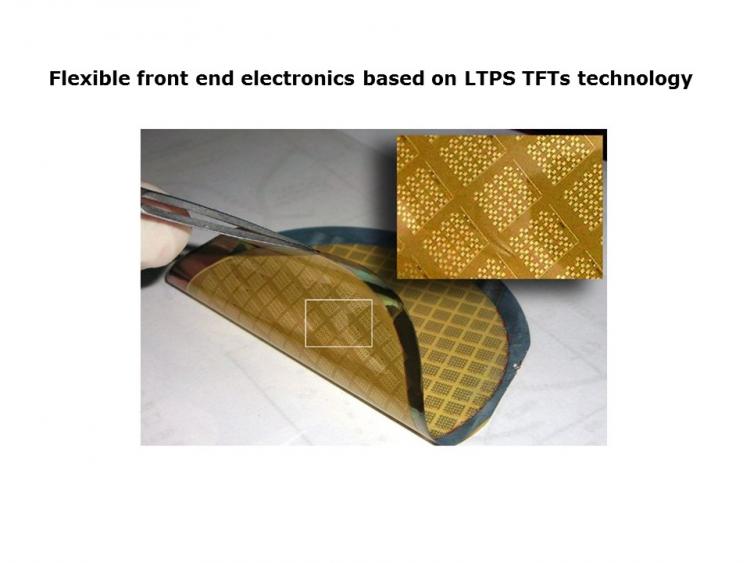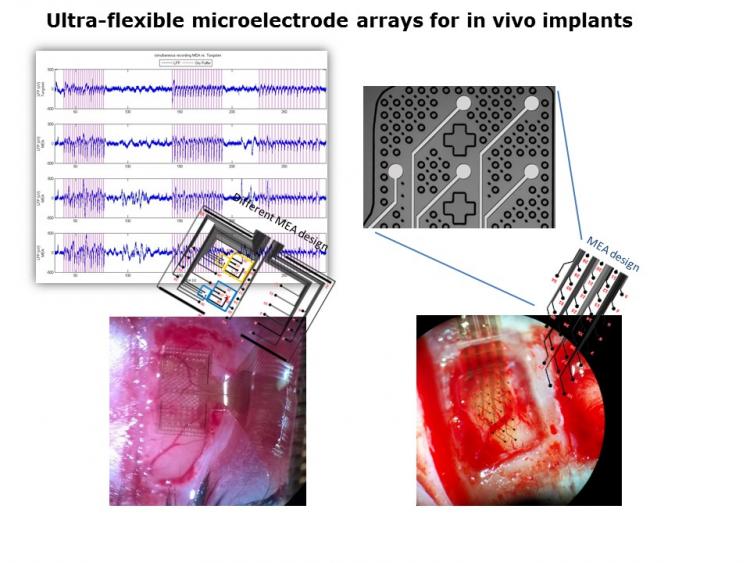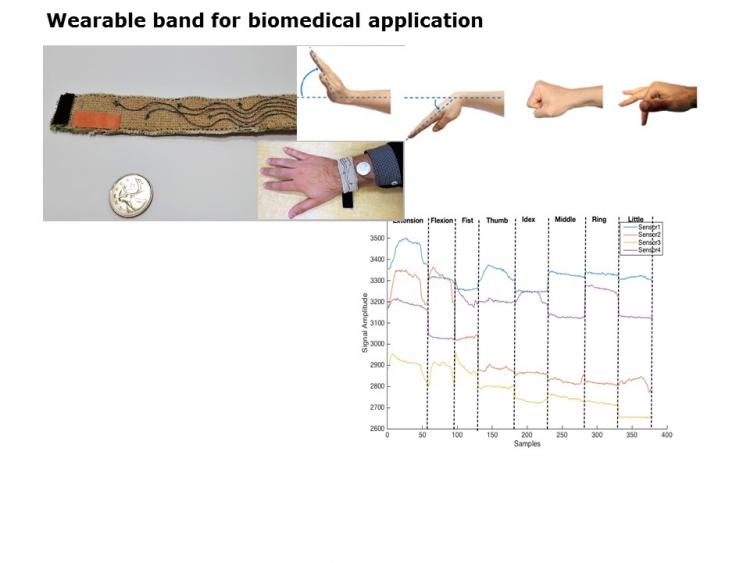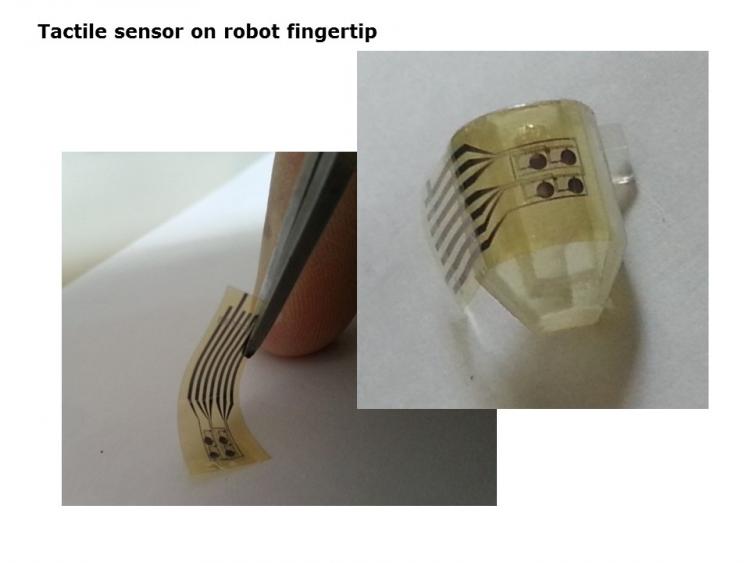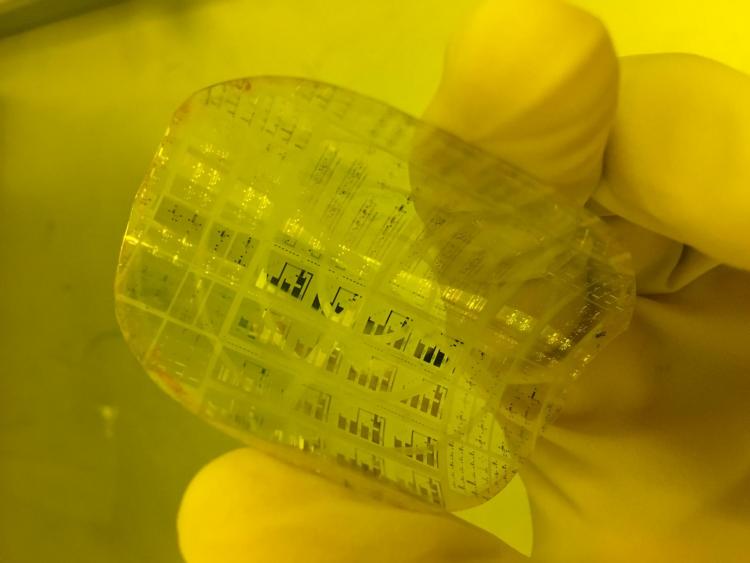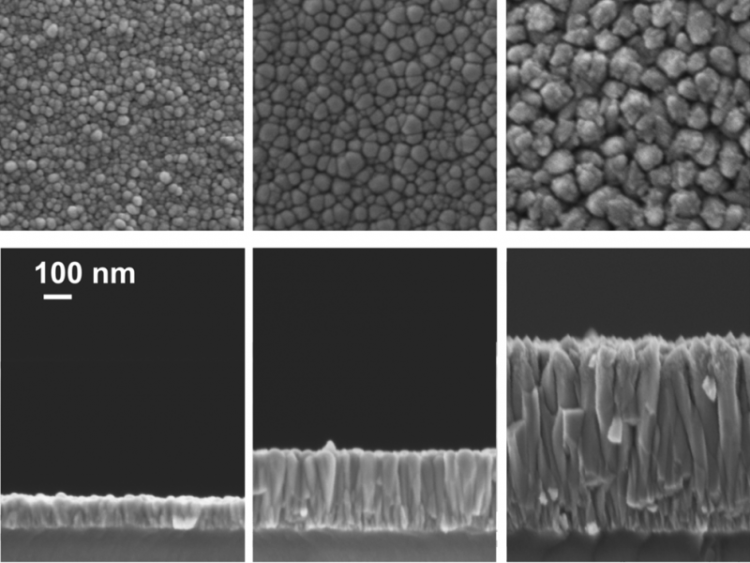Wearable electronics and pervasive ambient computing are two scenarios where largely distributed flexible sensors networks are expected to be heavily used. The growing demand for sharing large...
Flexible and Large Area Electronics
From the last decade, the technology on flexible electronic has been extensively investigated in industries and research institutions with the aim to create new conceptual electronics such as flexible and bendable devices directed to new applications in different areas of consumer electronics. Flexible electronics can offers several advantages over rigid backplane, such as lower production cost, lightness and robustness.
In particular, printed electronics based on organic semiconductors, is a revolutionary new way of manufacturing electronic components by using standard printing processes coming from the graphic arts, such as screen printing, inkjet, etc. the difference being that it uses specific inks for electronics. This new technique allows to print electronic components and circuits (e.g. connectors, resistors, sensors, transistors), on widely differing flexible substrates, like plastic, textiles or paper. The printed circuits and components are thin, lightweight, flexible, enabling single use/disposable devices, ubiquitous electronics and new applications, with high volume production at an economical price, compared to traditional silicon electronics.
Anyway, it must be pointed out that among the different semiconducting materials and processes, plays an important role the electronics based on thin film of polycrystalline silicon. This represent the ripest technology to obtain flexible devices with good electrical performances thus permitting the implementation of highly miniaturized electronic platform.
Other advances in flexible electronics, belong to the development of new ultra-thin and two-dimensional materials such as transparent conductive oxides, graphene, metal dichalcogenides, etc. that, in addition to their operating features, have the ability to be transparent and to preserve most of their structural and electronic characteristics upon bending or stretching.
The research activities in these fields are carried out by different research group in IMM. These represent an exclusive pool of expertise for the development of highly innovative materials, technologies and devices through which are conveyed new important industrial process and products, involving very different areas of application concerning consumer goods, health care, clothing, mobility, electronic components, energy, communication, architecture, etc.
Coordinator: Maiolo Luca
The mechanism by which the neural networks communicate and the understanding of these processes remains the fundamental issue of neuroscience. Long-term brain activity registration and...
Human gesture monitoring has always been the focus of many academic studies in the biomedical and commercial field. The main challenges are focused on achieving a reliable, high sensitive and...
In recent years, a variety of new touch sensing technologies using different materials and transduction methods have been introduced, giving rise to a series of tremendously improved designs of...
Electronic circuits fabricated by using large area compatible processes frequently employs materials with characteristics deeply different from those of the well-known materials used in...
Organic electronics is an emerging technology that promises to cover a wide range of applications exploiting the intrinsic characteristics of the organic materials: low temperature process,...
The use of transparent conductive oxides (TCO) is one of the most critical issues in several fields: photovoltaics, transparent electronics, smart windows, touch screens. Indium free and ultra-...


